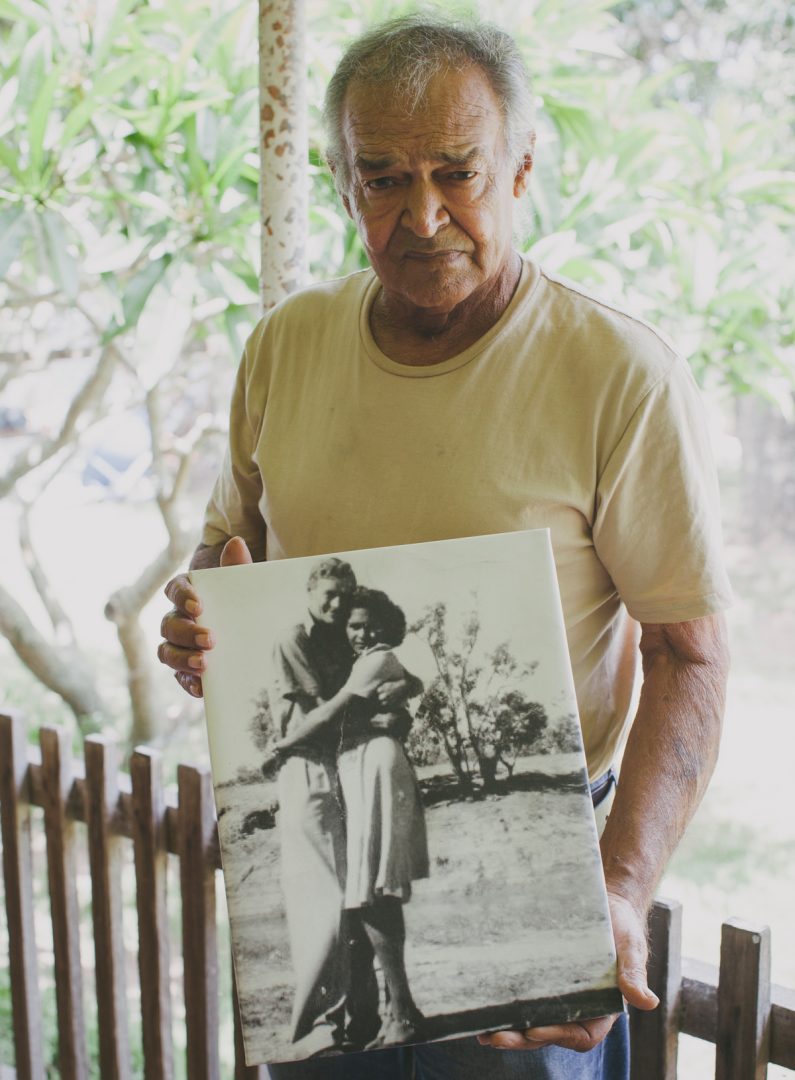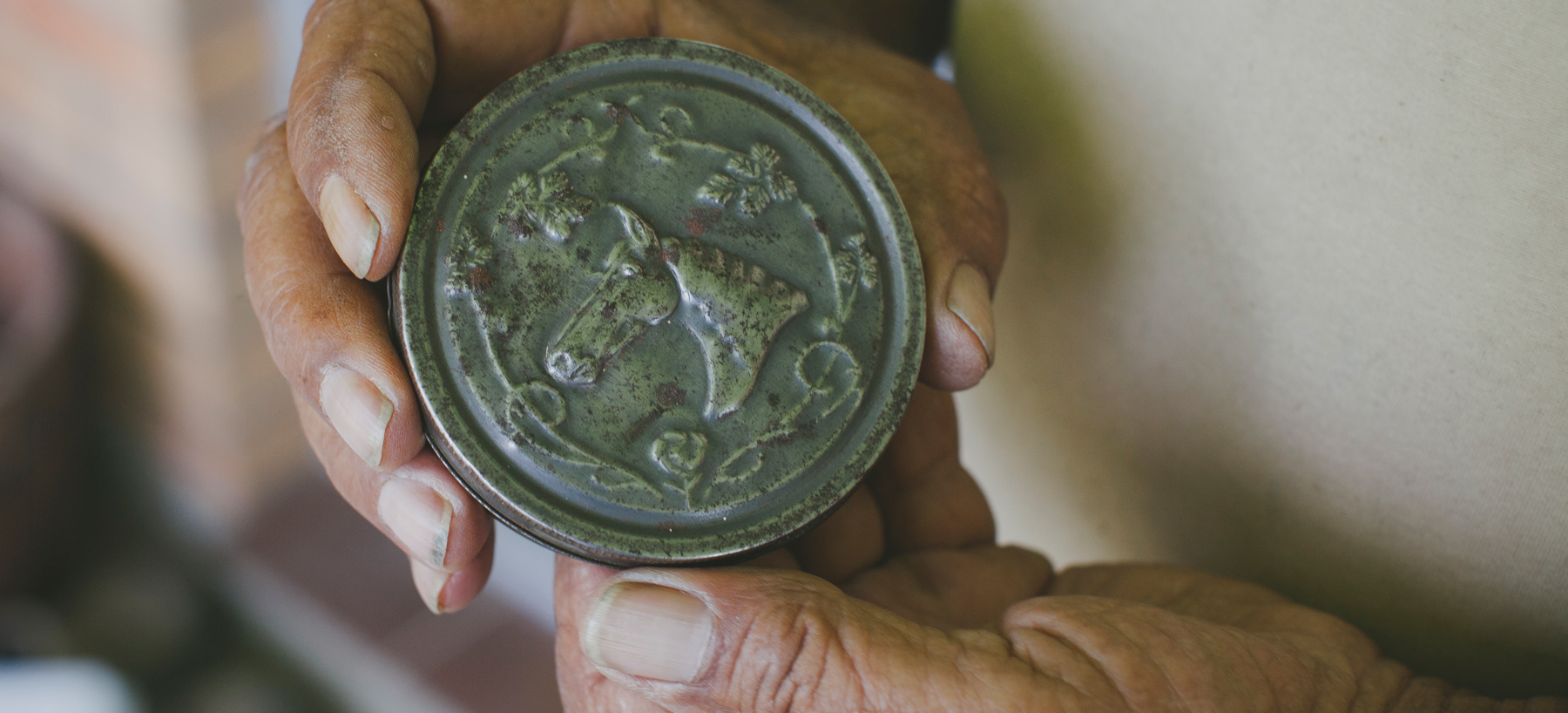ANZACs – Remembering the innocents of World War One
Our Summer issue of Coastbeat featured an article on Save the Brumbies and mentioned ‘Walers’, the horses that carried the men of the legendary Australian Light Horse Brigade into battle. This ANZAC Day we would like to pay our respects to these soldiers – both men and mounts.
Roy Hilton Parsons was a young horseman from Forbes who, full of patriotic fervour, joined the Cooee March and enlisted in World War One as an Australian Light Horseman. However, Roy’s son Jack can never officially claim his father’s WWI record because Roy enlisted aged 15, using an assumed name. But the exploits of the Light Horsemen are legendary.
The Australian Light Horse were renowned for their hardiness and spirit throughout the WWI desert campaigns, famously demonstrated at the Battle of Beersheba on October 31, 1918 when the Light Horsemen charged the entrenched Turkish lines, leaping clear over the trenches to break the enemy stronghold.
Imagine the courage of both horse and rider, galloping through gunfire to leap over the riflemen’s heads and fight their way into the city. Consider the trust between horse and rider that allowed such bravery.
Jack Parsons describes his father as serious man who was “hard but fair”; who rarely spoke of his time as a Light Horseman. With hindsight, his reticence to revisit such memories may have good reason. After the war, the government deemed it financially unviable to bring the horses home. Heartbroken, the Light Horsemen refused to allow their equine comrades to be sold into servitude in Egypt.

Jack Parsons holds a photograph of his parents. Image by Elize Strydom
What happened next is still debated. Popular folklore claims that the horses were shot by their own riders; official records differ. Either way, one can understand why a soldier like Roy Parsons, still so young, might refuse to talk about leaving his horse behind. Those who knew Roy before WWI have told Jack that he returned from the war a changed man.
However, at the outbreak of WW2 Roy volunteered again, this time under his real name. He joined the 2/1st Gunner Battalion. Like before, Roy never discussed his war experiences with his son, barring one exception: another animal mate that we would like to honour, whose story has a happier ending than the brave war horses of WWI.
Jack remembers his father talking about their battalion mascot, an Egyptian terrier they called Horrie the ‘Wog Dog’ (sic), now known as Horrie the War Dog. Horrie was an honorary corporal and has his own page at the Australian War Memorial online. His mate, Private Jim Moody, trained Horrie to carry messages to outlying soldiers, tucked into a handkerchief around his neck, and his sharp hearing provided early-warning for incoming enemy planes. So loved was Horrie that he would accompany the Commander of the battalion on parade, wearing his own uniform, made to keep him warm during the cold Syrian campaign.
 Image of Horrie courtesy of the Australian War Memorial
Image of Horrie courtesy of the Australian War Memorial
In 1942 Jim Moody was given home leave before being deployed to Papua New Guinea. Not wanting to abandon his mate, Jim smuggled Horrie into Australia in his duffel bag. Horrie lived happily at the family farm for three years until quarantine officers learned of his existence and threatened Jim with gaol if he did not surrender Horrie. Although the mascot was obviously disease-free, an example was to be made to dissuade others. Moody surrendered Horrie, who was destroyed on March 12, 1945.
Not a happy ending? There is a second part to this story:
Legend has it that Jim, unwilling to see his mate destroyed, searched dog pounds until he found a look-alike dog and surrendered this fake-Horrie to be euthanised. Apparently, the real Horrie lived out his life with the Moodys in Corryong, Victoria. This revised story is thoroughly explored in Roland Perry’s entertaining 2013 book, Horrie the War Dog.
 A tobacco tin young Jack made for his father. Image by Elize Strydom
A tobacco tin young Jack made for his father. Image by Elize Strydom
Indisputably, quarantine laws are crucial to keeping Australia disease-free and must never be broken. But the abandonment of the beautiful horses, and the many mascots like Horrie who supported our soldiers, seems callous. Let’s hope that in the future we find a kinder way to show our gratitude for their services. Better still, for the sake of the innocents: the animals and the children like Roy’s son Jack, let’s never go to war again.
Horrie the War Dog is available at Book Face, Port Central: Ph) 6584 6001
To discover more visit: www.awm.gov.au


